How to restore your garden after the cold winter
Wyevale Garden Centres shares expert tips for reviving gardens after the Big Freeze
As Brits gear up for the first of their spring projects in the garden, their lawns, beds and borders will likely be in a state of recovery following the recent spate of intense cold weather. Waterlogging, loss of soil nutrients and perished plants are just a few of the damaging side effects from the ‘Beast from the East’, which swept across the UK last week with heavy snowfall and penetrating frosts.
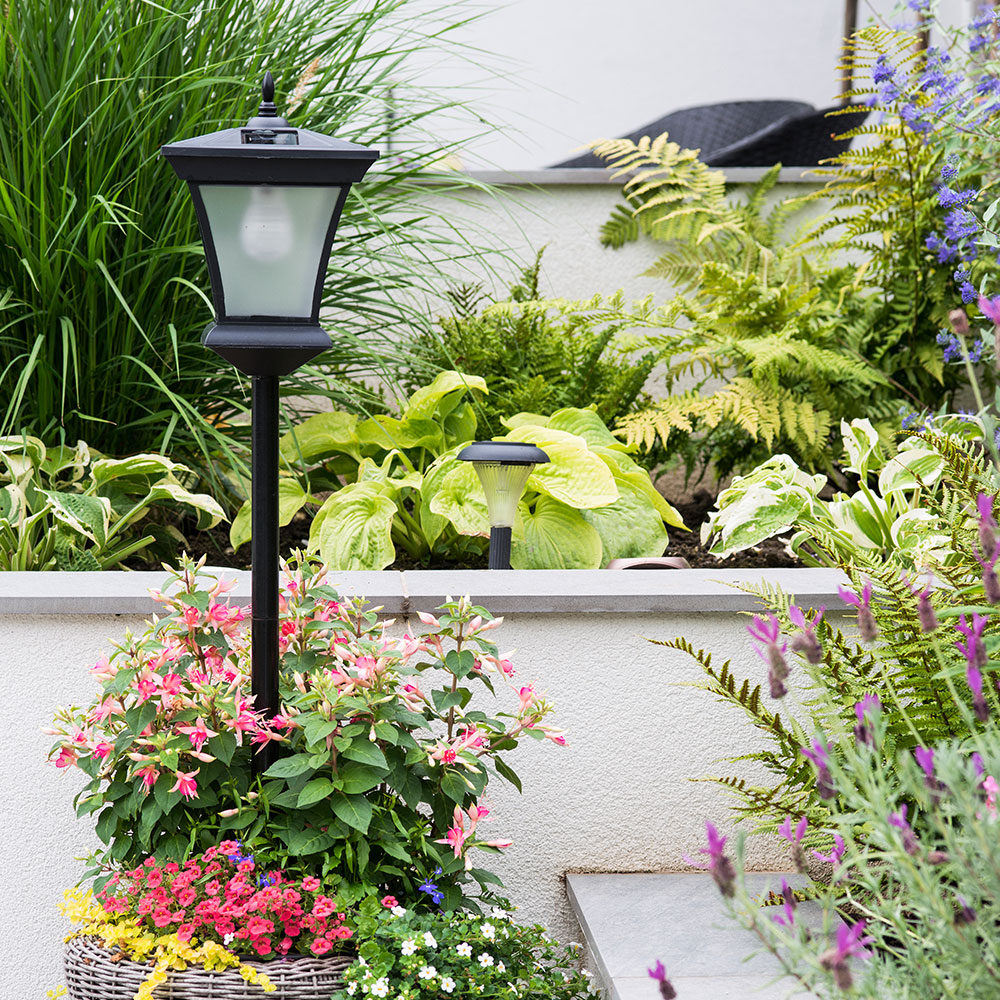
The strength and resilience of garden nature and wildlife is often pushed to the limits during winter months in the UK, but this year’s cold season proved more extreme than usual, with extended periods of wet weather and low temperatures. As a result, gardeners will need to provide their gardens with extra TLC after the Beast from the East, in order to restore the depleted grass, plants and soil in time for spring.
Related: Garden landscaping ideas: how to plan and create your perfect
Duncan Mclean, Wyevale Garden Centres’ fertilisers, chemicals and growing media buyer, explains that damaged soil is a fundamental concern following a hard freeze. 'Healthy soil means healthy plants. During a normal winter, deep frosts can cause huge problems for plant growth, with 25% of your lawn being lost to the colder climate. This percentage is likely to be higher this year, given the impact of recent storms and snowfall, making your lawn and bedding areas much more susceptible to moss, weeds and diseases.'
How to revive your lacklustre lawn
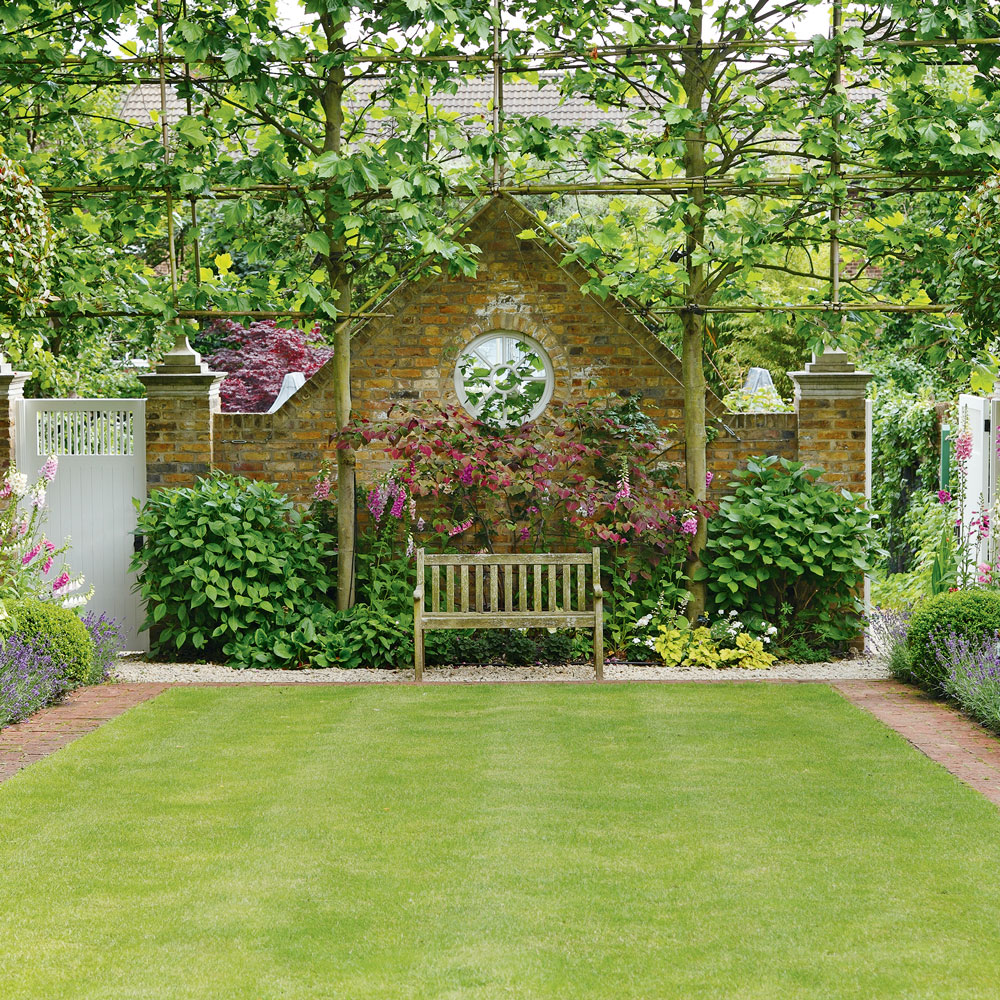
One of the biggest problems following snow melt is waterlogging. Much of the soil’s natural beneficial bacteria will perish, leaving you with thinner lawns and beds stripped of essential nutrients. Unlike grass, moss and weeds thrive in the cold, wet weather and will break their winter dormancy much earlier in the year to invade the space that grass once filled. To prevent this, gardeners need to work with nature to create conditions more favourable for grass and less favourable for moss.
Five simple ways to combat the impact of damaged lawns and bedding
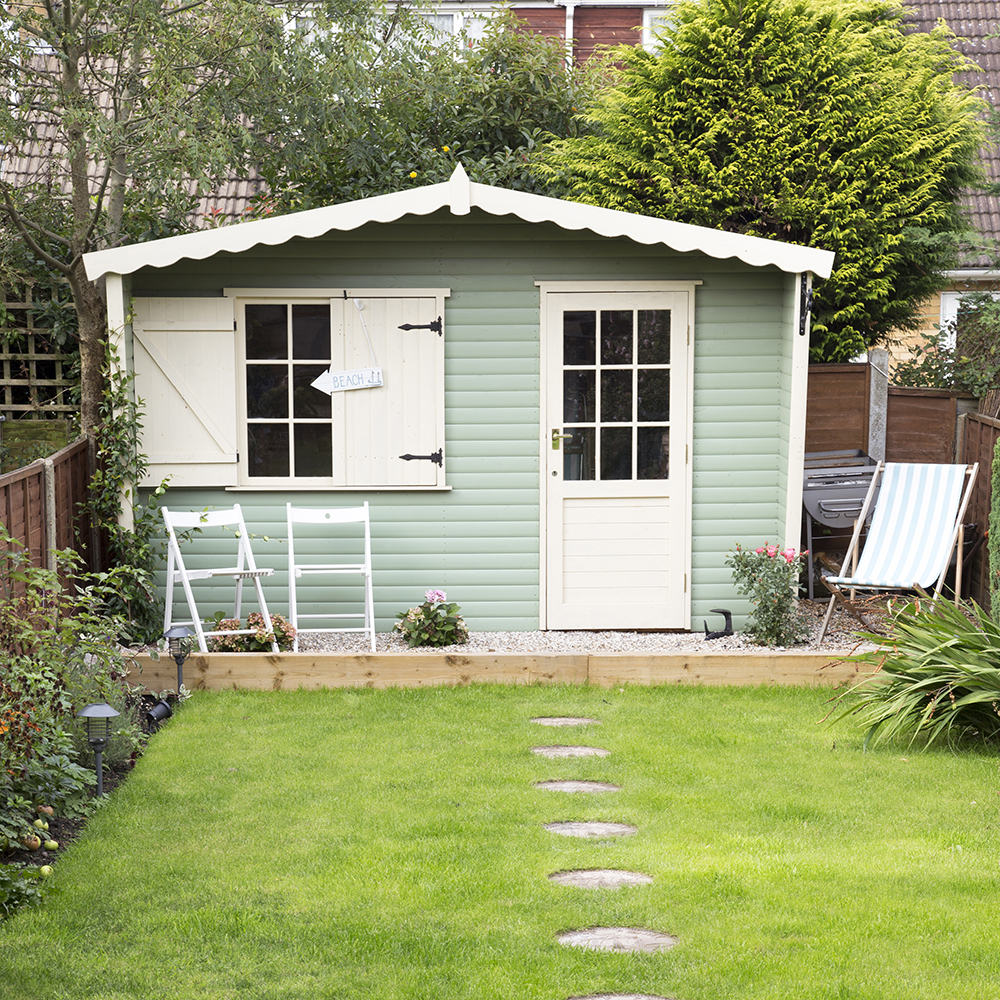
1. Aeration is essential. Using a hollow core aerator will improve soil structure, help water to drain away and grass to establish roots.
2. Top-dress with lawn soil. Rake or brush it into aerated soil to smooth out. This will help with drainage, soil structure and encourage strong roots.
Sign up to our newsletter for style inspiration, real homes, project and garden advice and shopping know-how
3. When temperatures recover to 5+ degrees, over-seed your lawn with fresh grass seed. Once germinated, it will tolerate a bit of frost later on.
4. Get mulching with a good soil improver. This is the application of material for weed suppression, moisture retention or to improve organic matter content.
5. Use chicken pellets to restore good bacteria and encourage good soil flora and fauna – worms love it!
How to protect against greenhouse pests
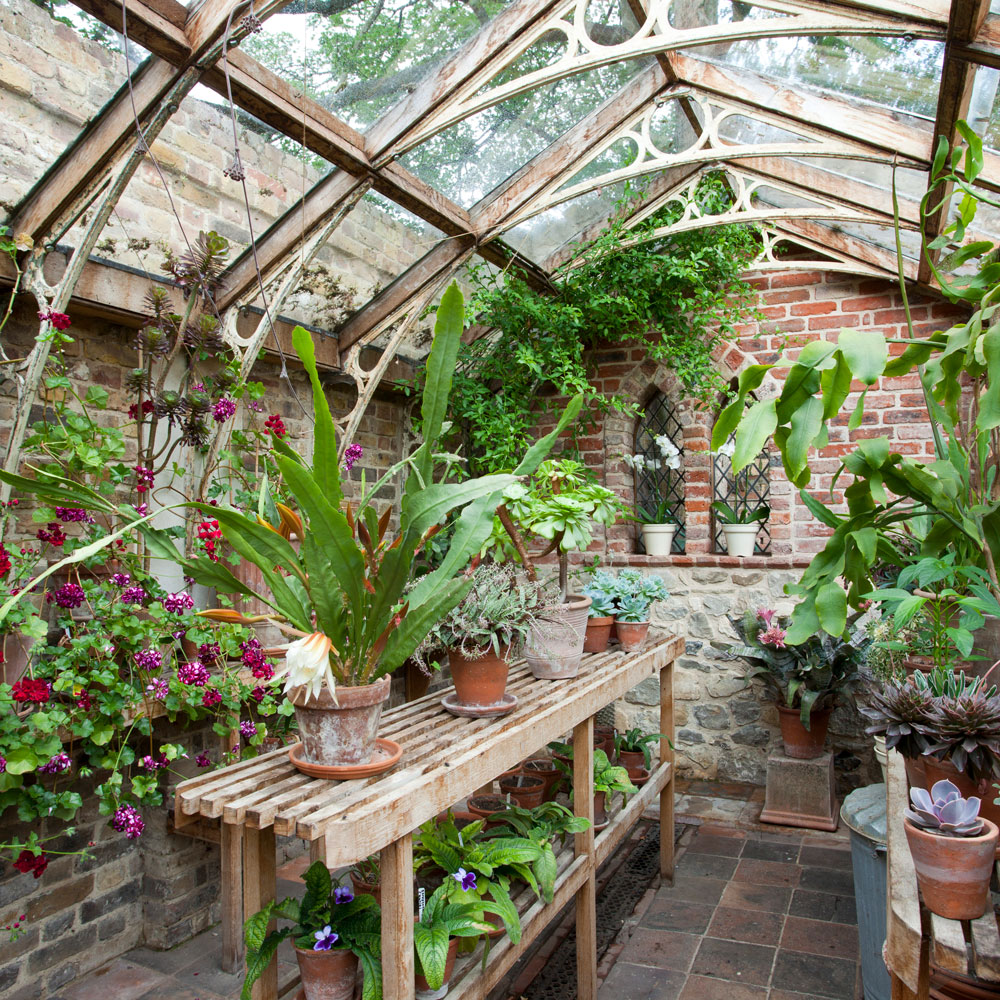
There is no better time to be extra vigilant in the greenhouse. Pests that have over-wintered in the greenhouse will resurface and as there is no food source in the garden, your greenhouse will act as a restaurant for pests.
In addition, all of the natural predator population will have been depleted, and so it is crucial for gardeners to reduce the number of pests before the weather improves. The beginning of the population explosion will happen in the greenhouse, and by the very nature of the pest they are prolific breeders. You could have up to six generations in your greenhouse at any time.
Related: Why is gardening good for your health? Let's find out!
How to control your greenhouse pests in an eco-conscious way
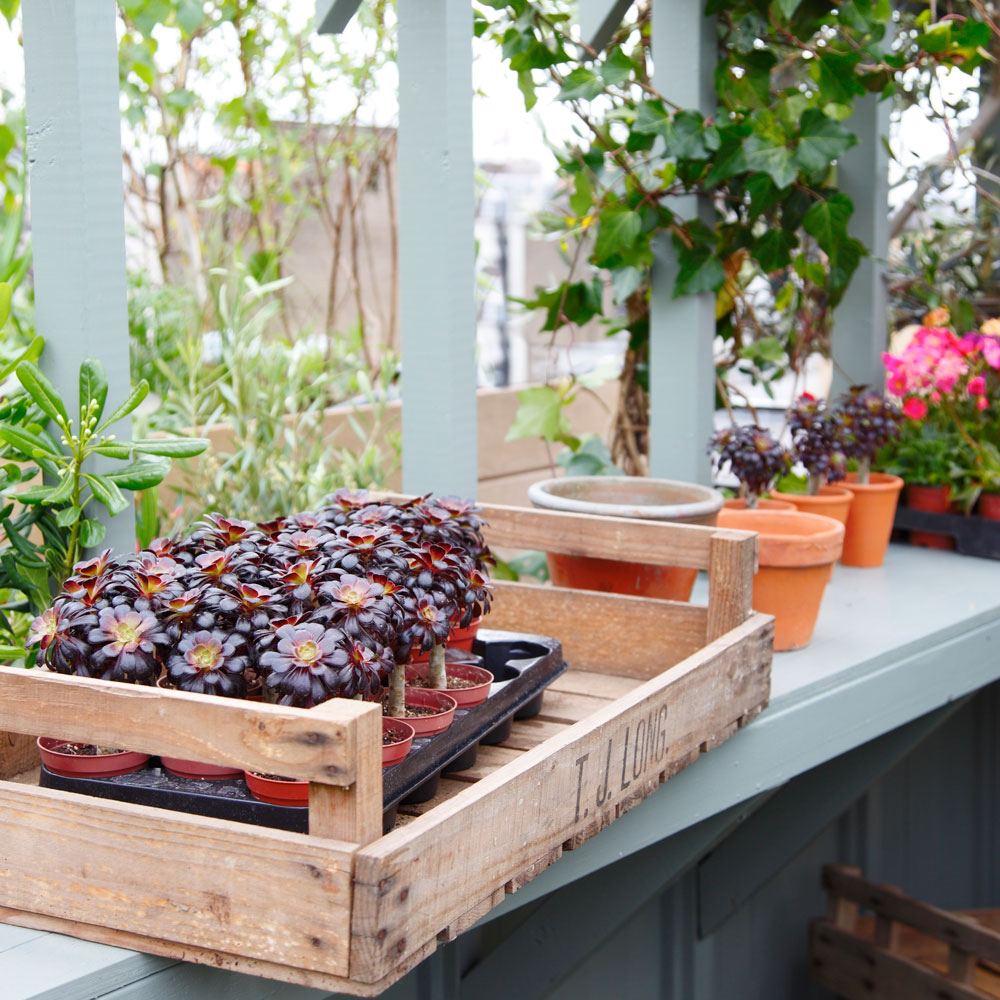
1. Zap them with greenhouse yellow sticky traps – the colour attracts bugs such as white fly
2. Use a natural ingredient bug killer, such as Pyrol, to treat infestations
3. Soapy water is useful against aphids
How to recover your frozen veggies
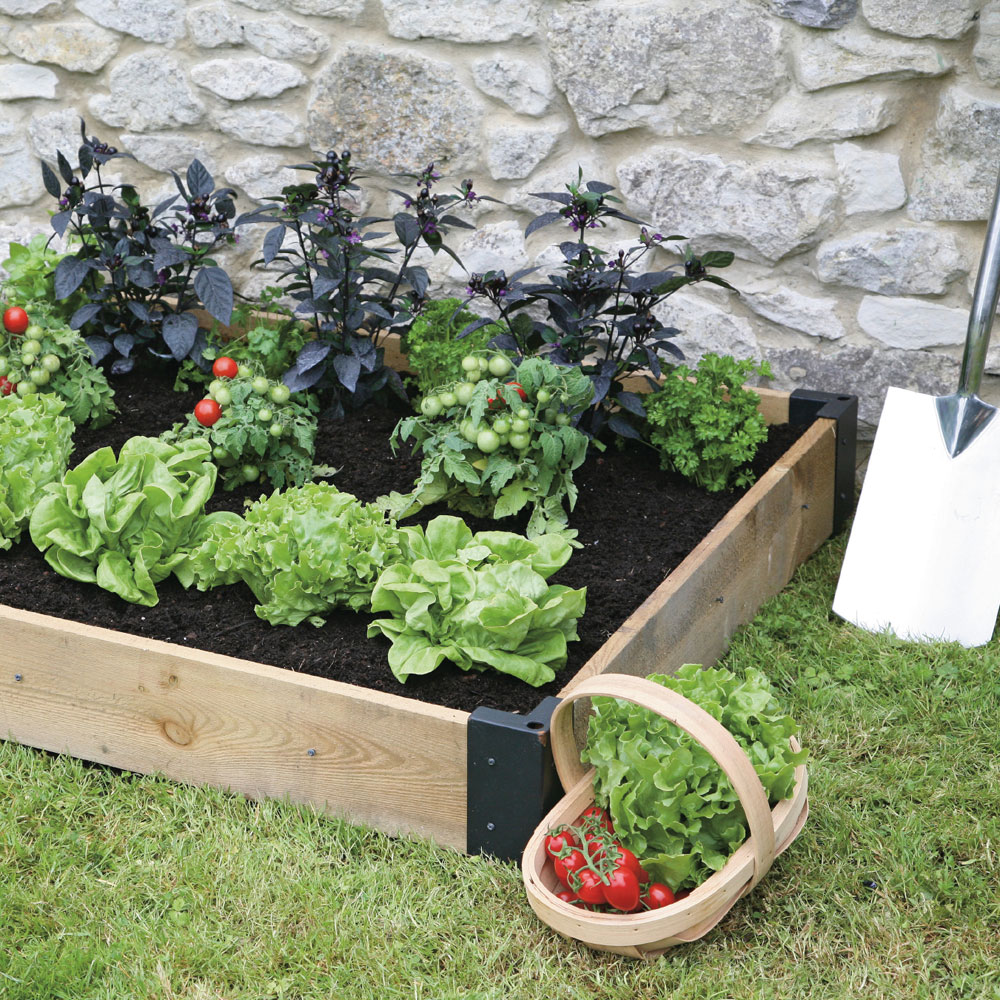
The deeper the frost penetrates, the longer it takes to replace the natural warmth in the soil. Veg seeds take longer to germinate in colder soil temperatures, leading to inadequate rooting, potential disease, and a higher rate of growth failure (50% chance).
How to combat the impact on your vegetable patch
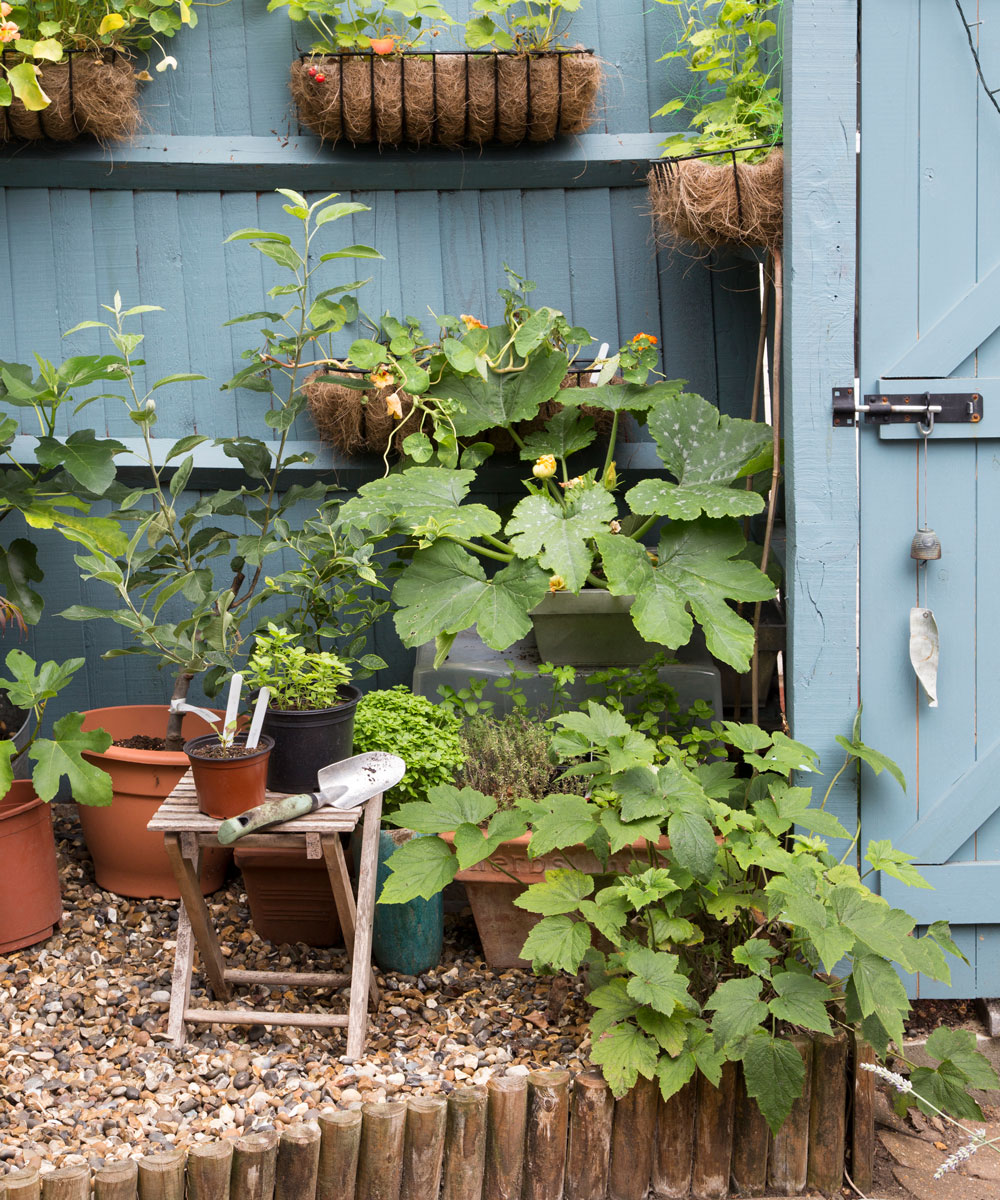
1. Cover the beds with black polythene to speed up soil warming.
2. Apply organic matter (well-rotted farm manure), chicken pellets or 6X – remember: a good indication of a healthy veg patch is a healthy worm population!
3. Cloches –creates a protected microclimate which encourages faster establishment. It keeps the plants warmer and protected from the elements – use these to get ahead in your veggie garden. Get ahead get a cloche!
4. Invest in a growhouse. This will give you a head start and protect your plants from the worst of the weather. Raised beds and vegetable trugs are really useful as you can control the soil and nutrients.
5. If in doubt, buy ready-established seedling veg plants.
Will you be using any of these helpful tips to restore your garden back to full health?
Jennifer is the Deputy Editor (Digital) for Homes & Gardens online. Prior to her current position, she completed various short courses a KLC Design School, and wrote across sister brands Ideal Home, LivingEtc, 25 Beautiful Homes, Country Homes & Interiors, and Style at Home.